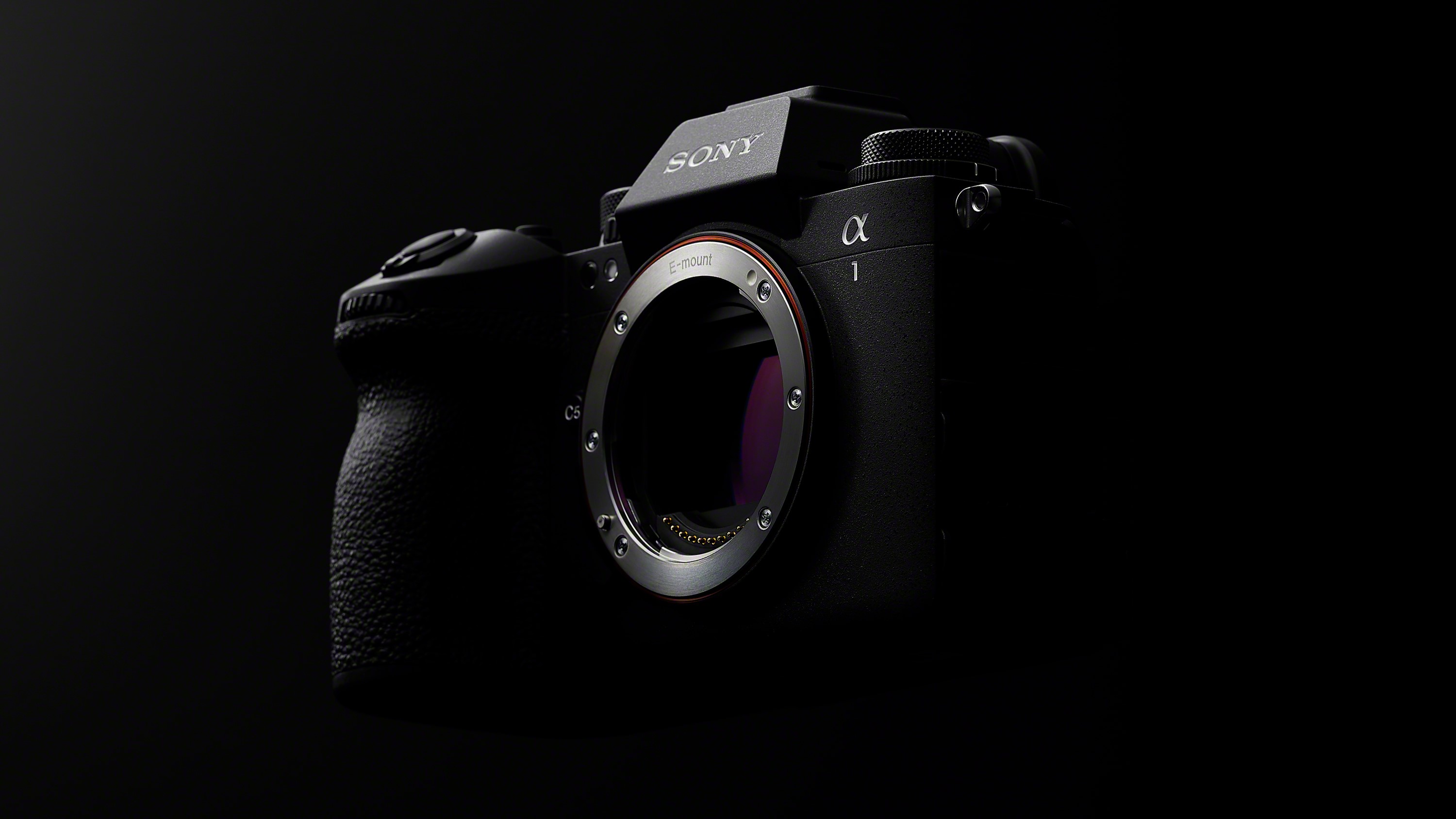
Quick Summary
Sony jus launched its new flagship camera – the A1 II.
That boasts an enviable spec sheet, including a dedicated AI processing engine.
While the world of high end mirrorless cameras may seem old hat to some, they're actually incredibly important pieces of kit. Far away from just making your photography and videography look better, they also serve as drivers to push the bounds of sensor technology, which will eventually trickle down into other devices.
Sony has just unveiled its newest camera, designed to occupy that section of the market. Dubbed the Sony A1 II, this camera follows on from the original Sony A1, unveiled almost four years ago.
Right off the bat, you can tell this is an impressive affair. The full frame Exmor RS CMOS sensor packs in 50.1MP for incredible resolution. That's powered by the BIONZ XR processing engine, offering blackout-free viewing and full autofocus and auto exposure tracking at up to 30fps.
An optical five-axis image stabilisation system allows users to achieve up to 8.5 steps at the centre and 7 steps at the peripheral edge. That's an absurd degree of stabilisation, which means you could probably get some fairly watchable footage from the back of a quadbike with one flat tyre.
Videographers aren't left astray, either. Recording up to 8k30 or 4k120 can be achieved, which is more than enough for the needs of most users.
Where things get really tasty, though, is in the autofocus. That makes use of a dedicated AI processing unit, which helps to recognise people more accurately based on pose estimation. Essentially, the brain of the camera creates a sort of digital skeleton, which is uses to inform the autofocus and achieve crisper imagery.
To me, that sounds like a fantastic idea. In theory, the AI should be capable of making those micro-adjustments much faster than your brain and hands, leaving you with a sharper array of images. Of course, we'll need to wait until we get hands on with one to judge for ourselves.
Get all the latest news, reviews, deals and buying guides on gorgeous tech, home and active products from the T3 experts
So, what will a camera like this set you back? Well, brace yourself, because this was never going to be cheap. At £6,299 (approx. $8,000 / AU$12,250) this is a seriously expensive bit of kit. That price is for the body only, so you'll need to factor in the cost of a lens on top of that. Still, if you want the best of the best, this is a good place to start.

Sam is an award-winning journalist with over six years of experience across print and digital media. As T3’s Senior Staff Writer, Sam covers everything from new phones and EVs to luxury watches and fragrances. Working across a range of different social media platforms alongside his written work, Sam is a familiar face for fans of T3. When he’s not reviewing snazzy products or hunting for stellar deals, Sam enjoys football, analog photography and writing music.
